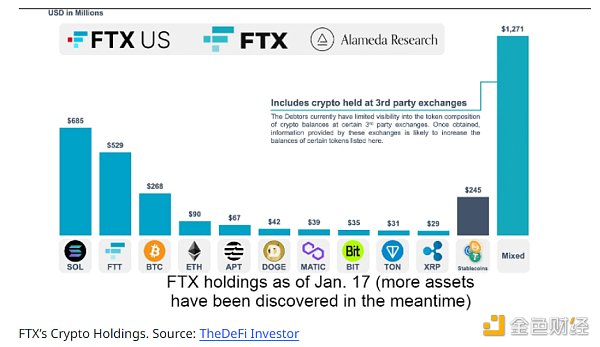Ethereum's proof-of-stake mechanism: next experiment
I hope you are deeply aware that the development of blockchain technology is driven by the implications of these security models. As Nick Tomaino of the control wrote, "cryptographic economics is the basic catalyst for this whole movement."
To evaluate the ability of design protocols to mitigate existing and theoretical flaws in these security models, developers use these two concepts:
The first, the margin of security in cryptoeconomics, measures the consequences (in dollars lost) of those breaching an agreement guarantee. In theory, because an attacker can launch a P + epsilon attack at zero cost, as long as he / she has that budget, Bitcoin's proof-of-work system can say that there is only zero margin of security in cryptoeconomics!
Cryptoeconomics proofs are similar to some extent; this is a guarantee or message from a participant in the network asserting that something is true. If it proves not to be true in an event, the participant will lose a certain amount of money.
- Economics of Tokenizing Incentives | Choosing Effective Performance Indicators
- Tesla's founder Musk: Cryptocurrencies can act as a legal to illegal bridge, becoming a cash alternative
- MIT research group calls cryptocurrency a laboratory for central bank digital currencies
Let's examine the most ambitious project in the field of blockchain technology today-the upcoming Ethereum Casper update, which attempts to beat Huanglong by adjusting the platform from proof of work to proof of equity. A discussion of the complexity of Casper's Proof-of-Stake (PoS) mechanism is beyond the scope of this article, but in short, Proof-of-Stake attempts to provide a very large margin of security in cryptoeconomics by enforcing large sums The Ethereum security deposit replaces the computing power of the computer to achieve the function of a verifier. This security deposit, or cryptoeconomic proof, is a powerful deterrent. The meaning is clear at a glance-creating trouble, you will lose everything!
Casper forces participants to join a SchellingCoin game (as outlined in our Steel-Bubble Throne example). Participants were forced to place their security deposits on what most would bet on. Using the same recursive logic (which we use in the Iron Throne game), most participants will accurately vote for valid transactions because each participant expects others to reach the same conclusion. This is the case, proof of stake can resist P + epsilon attacks, because in the case where they will eventually vote for a minority party, the attacker will have to credibly display a huge budget to subsidize participants' security deposits.
In the context of these security models, we can see that Casper's elasticity is concentrated in the uncoordinated selection model and originates from bribing attackers. Casper is also theoretically sensitive to 51% attacks originating from the cooperative attacker model. But, just like Bitcoin, Ethereum raised the cost of such an attack to such a high degree that it almost completely contained it. In Casper's environment, the threat of losing all relevant rights is a stronger deterrent. For more information on Casper's progress, check out Vlad Zamfir's article frequently.
Although many elements of Casper are highly theoretical, and the proof-of-stake agreement itself has sparked a debate about fair share, there is evidence that this shift is almost entirely expected in cryptoeconomics and also means that work is resolved Many prove the system's shortcomings. Slowly but firmly, thinkers in the blockchain space have turned the world upside down on our understanding of optimal protocol design in a decentralized digital economy.
Some critics of the entire blockchain technology are uncomfortable with the idea that today, too many attack paths are only theoretically feasible. I don't think such an idea is interesting: as long as there is enough money and time, an attacker will always be able to damage any system. In the worst case, cryptoeconomics stands as a solid barrier, striving to make these attacks as expensive, difficult, and undesirable as possible.
Because we are heading for an era of Turing-complete smart contracts, this field will certainly become more complex and exciting.
Original text from: https://medium.com/@kaistinchcombe/ten-years-in-nobody-has-come-up-with-a-use-case-for-blockchain-ee98c180100
We will continue to update Blocking; if you have any questions or suggestions, please contact us!
Was this article helpful?
93 out of 132 found this helpful
Related articles
- Wang Xiaoliang: Blockchain ends Internet "wool comes out of dogs, pigs pay" model
- BCH levies a 12.5% compulsory tax on miners sparking widespread discussion: Who will support the development team?
- Dialogue with Zhu Ning: Digital currency is an inevitable trend
- There are now 784,000 Bitcoin addresses holding more than 1 BTC. Will this affect the price?
- Professor Wu Da: A + B (AI Fusion Blockchain) is the development direction of future blockchain and artificial intelligence technology
- 2020 Top Ten Technology Trends: From Hyper Automation to Blockchain
- Weighing the pros and cons, the World Economic Forum creates a CBDC policy maker toolkit






